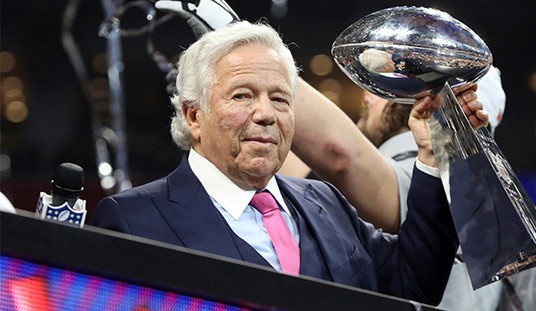It’s often said that help comes to those who help themselves. But Europe can’t seem to help itself. So on Wednesday, the U.S. Fed came to the rescue. And that rescue triggered a global stock market rally, including a near 500-point gain in the United States.
Basically, the Fed is making it cheaper for Europe to borrow dollars. And this dollar backstop symbolically shows that the Fed, the European Central Bank, and other big central banks are not going to permit a 2008-type credit freeze and financial meltdown.
But in terms of Europe’s overall problems, with governments unable to live within their means, and with investors on strike against government bonds and a very shaky banking system, the Fed action is really like taking a Tylenol gel cap. Might help the headache in the short run. But the fundamental illness is unaffected.
Basically, Bernanke & Co. cut the interest rate it charges for dollar swap lines to the ECB and four other major central banks (Canada, England, Japan, and Switzerland). With interbank funding pressures in Europe rising substantially of late, the Fed’s action was timely. It doesn’t really create new dollars, but it lowers the borrowing cost of dollars taken by the ECB and other central banks. Technically, the Fed has lowered the dollar swaps spread from 1 percent above the OIS -- the overnight index swap, which is comparable to the fed funds rate -- to only 50 basis points.
So this is good. And stocks responded by rallying big time.
(Oh, by the way, while the Fed was lowering its dollar-swap interest rate, China eased monetary policy for the first time in several years by reducing bank reserve requirements by 50 basis points. This may be the first of several Chinese easing moves, and it certainly added to the stock surge.)
Recommended
But a dollar shortage is not Europe’s problem. As of the weekend of November 23, foreign central banks had tapped the Fed for only $2.4 billion of dollar loans. This is very small. In December 2008, during the height of the financial crisis, foreign central banks borrowed $580 billion.
The European problem is a ballooning welfare entitlement state that is bankrupting most of Europe’s governments. And high European tax rates are strangling economic growth. And the debt that private investors won’t buy is held by a banking system that is increasingly vulnerable. And Germany, the strongman of Europe, doesn’t want to pay to bail out the southern countries or anyone else -- including, it would seem, France.
In short, nothing has been solved in Europe. The Europeans are not yet helping themselves. Why should the ECB write a trillion-dollar check to near-bankrupt governments? And how can the IMF borrow $800 billion from the ECB to give the same troubled governments even more money? And remember, the U.S. owns nearly 20 percent of the IMF. Is Congress really going to sign off on this massive ballooning of its mission and balance sheet?
Meanwhile, the role of the European Financial Stability Facility (EFSF) rescue fund has yet to be clarified. And individual countries have yet to guarantee the liabilities of their own commercial banks in order to fence them off from disaster. The bank recapitalization plan still hasn’t gotten off the ground. And then there’s the latest from Germany, where Chancellor Merkel wants a new fiscal union through bilateral treaties, where troubled countries would essentially report to the EU in Brussels (read Germany) and submit to sanctions and various enforcements so that they live within their means. This too seems fanciful right now.
Think of it this way: Will Italy become Guam? Will Greece become a 19th century protectorate of Germany? Doubtful.
The point is, none of this has gotten done.
A final thought about the 500-point Dow Jones rally: The U.S. economy is both stronger than we think and highly profitable. Despite all the tax, regulatory, and spending threats coming out of Washington, the resilient American economy is at least growing by 2.5 or even 3 percent right now. New data show stronger consumer sentiment and somewhat better pending home sales. The Chicago manufacturing report is heftier. And the ADP jobs report came in over 200,000 -- way above consensus -- suggesting a better nonfarm payroll report this Friday.
So, with the help of easier Fed dollar liquidity to avoid European Armageddon, a hint of easing in China, and a profitable U.S. economy, stocks are back in favor.
At least today.

























Join the conversation as a VIP Member